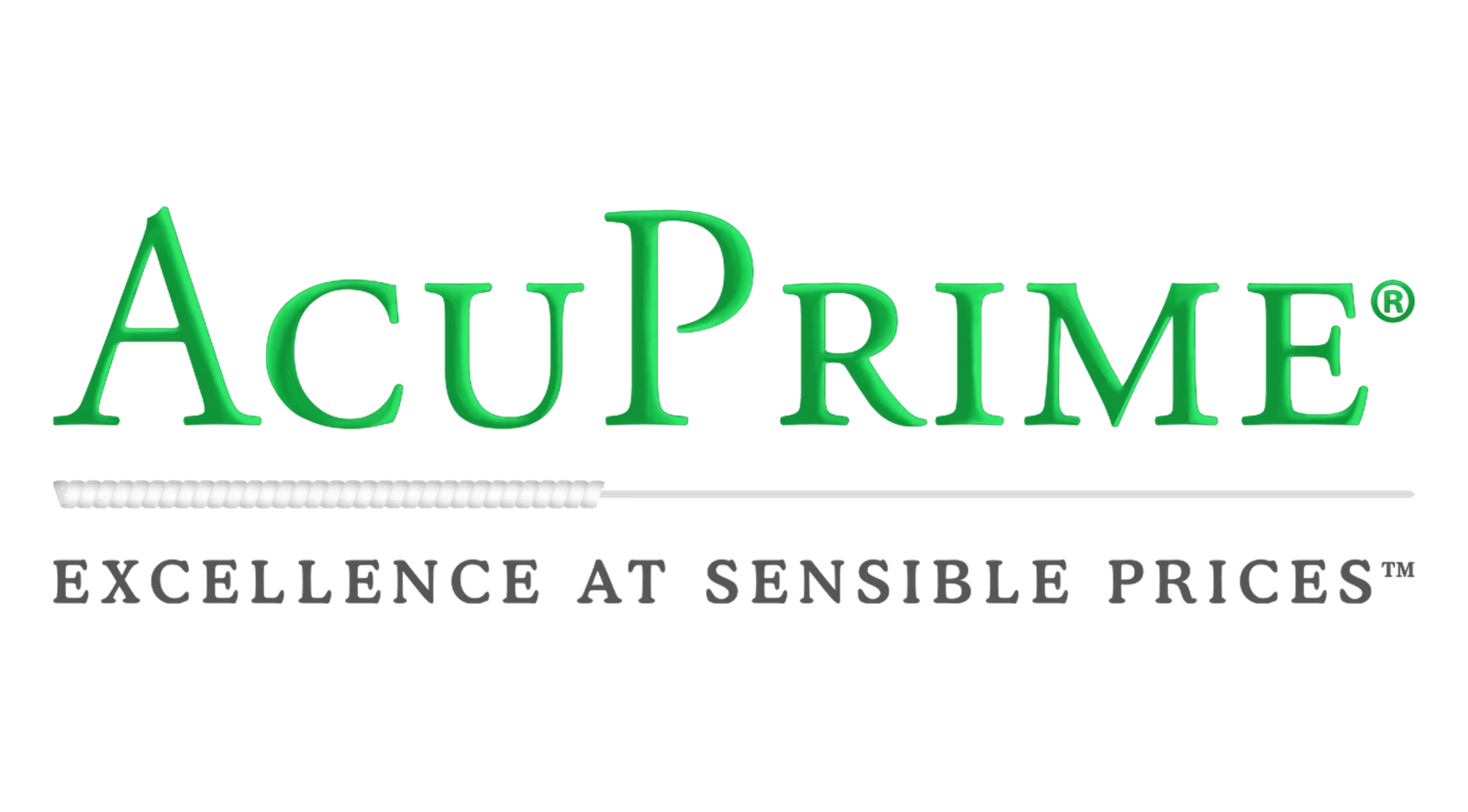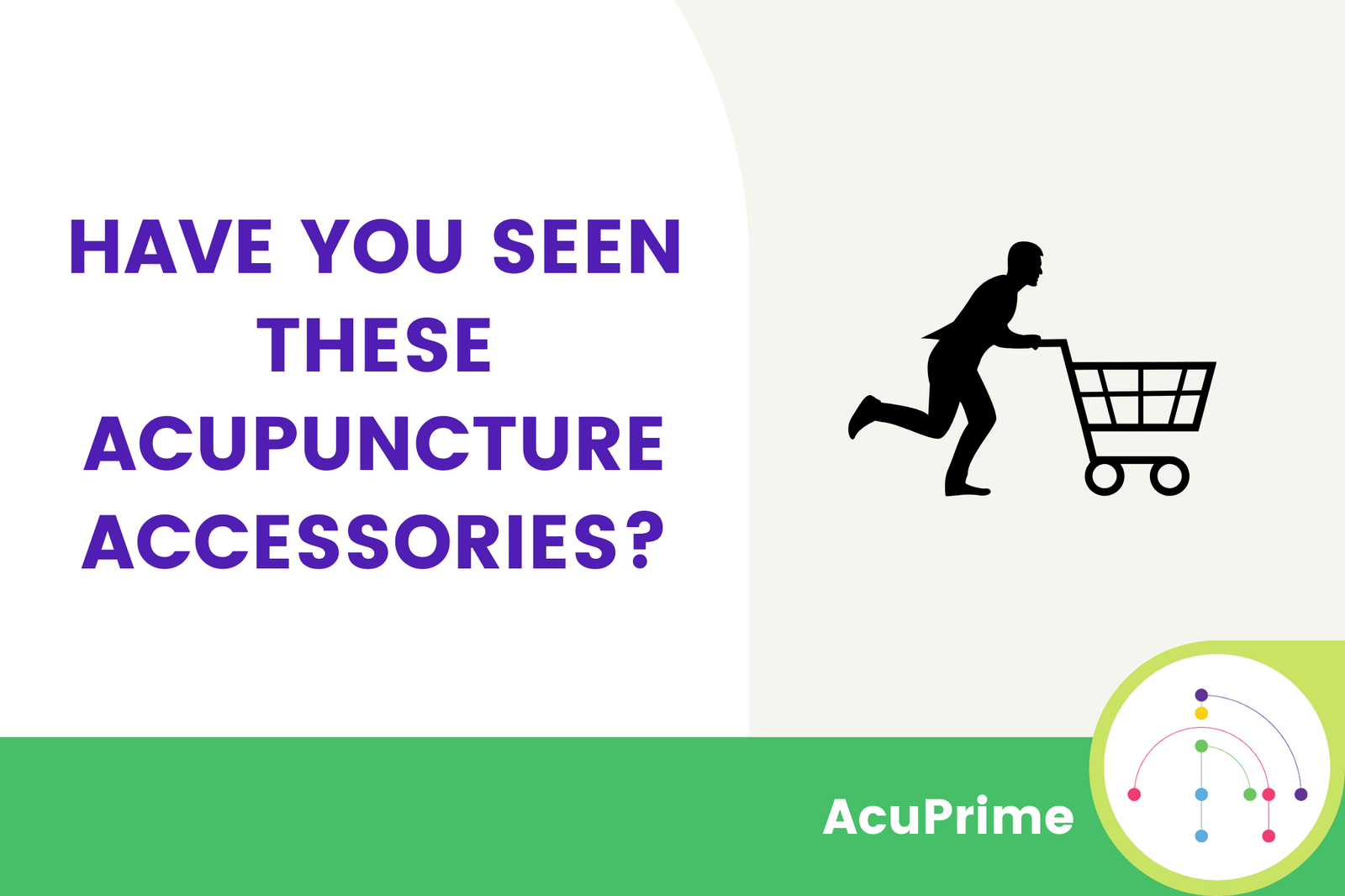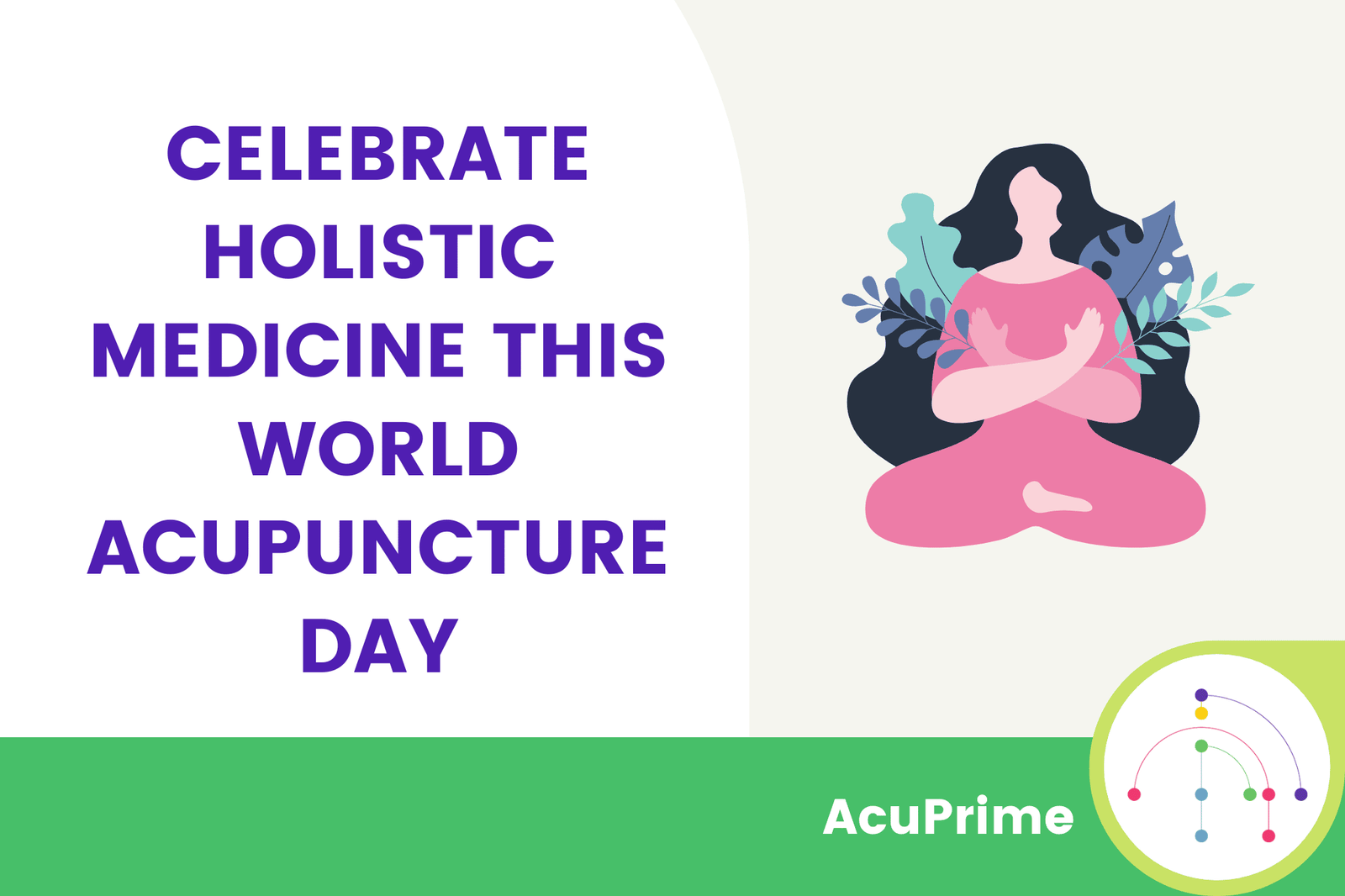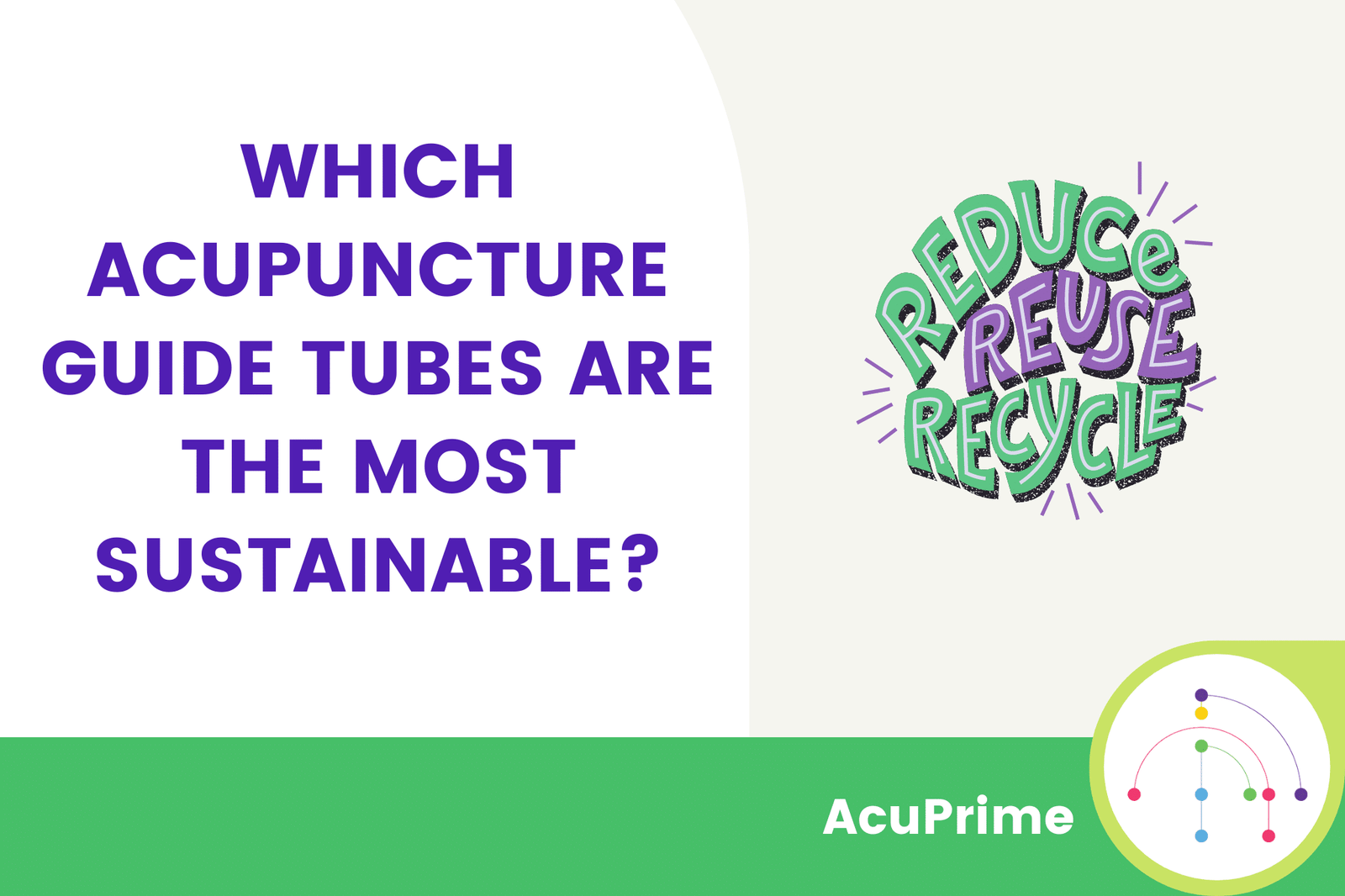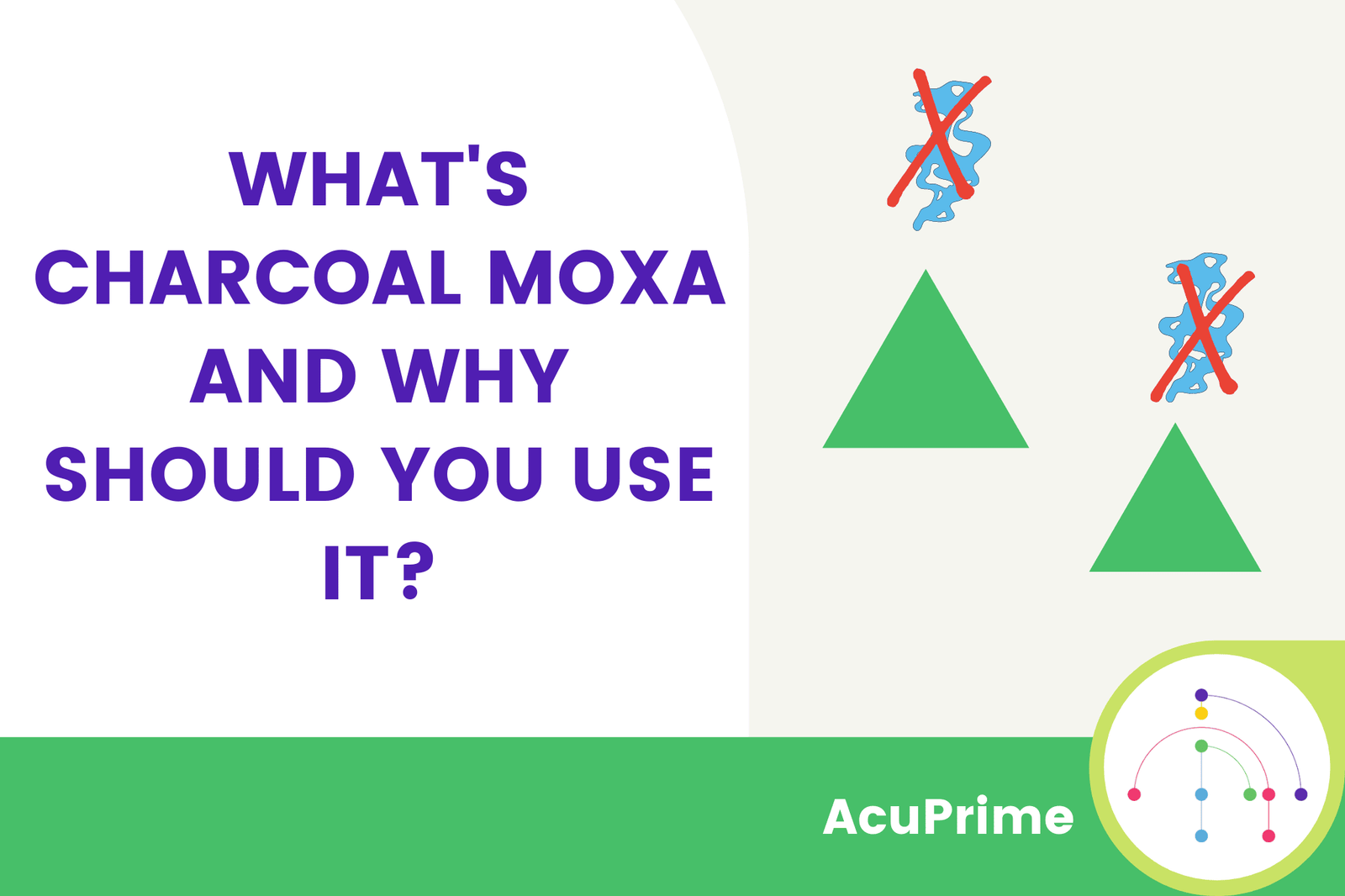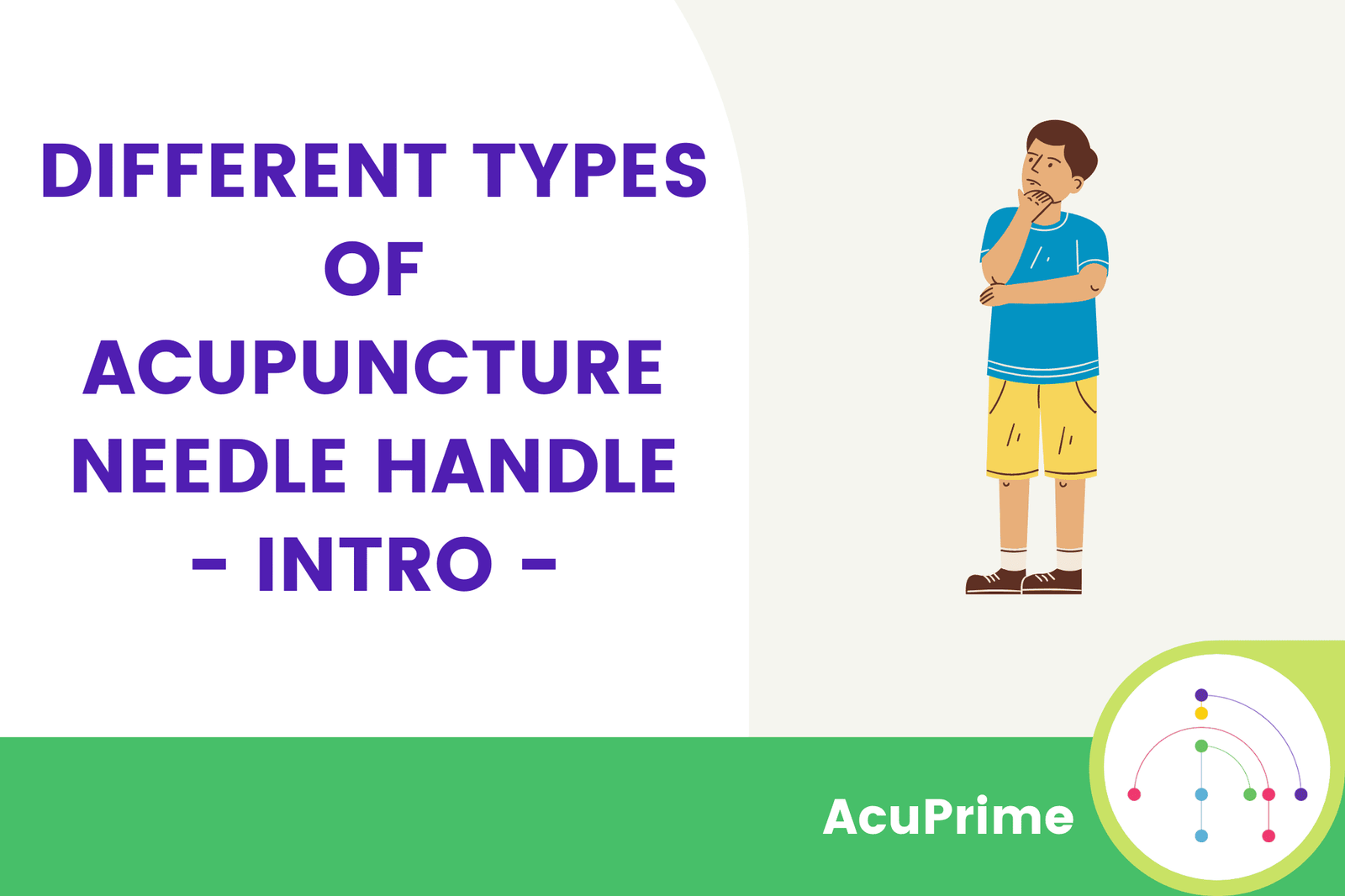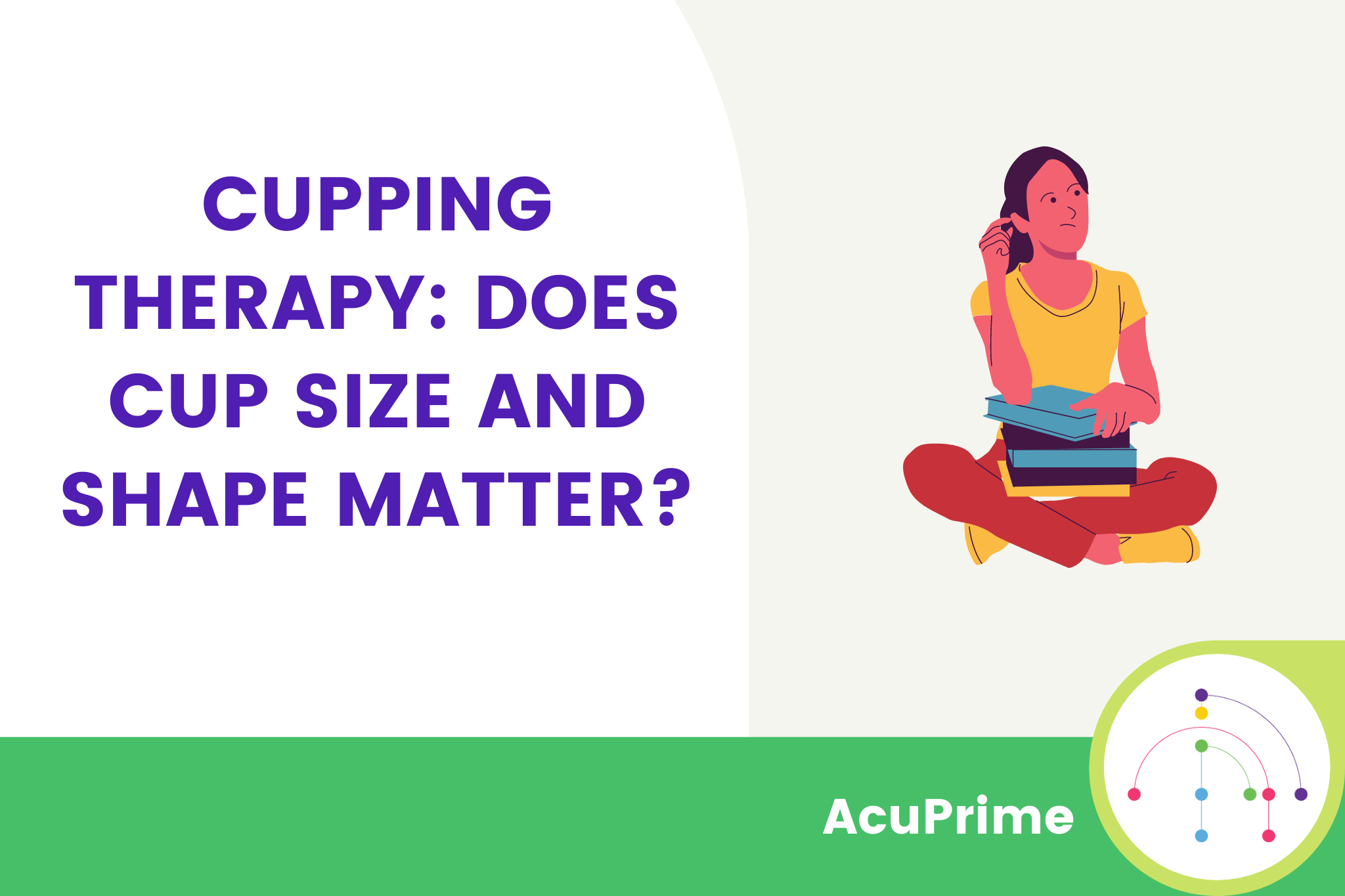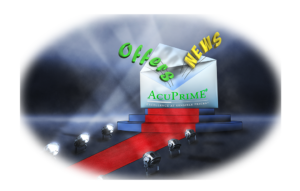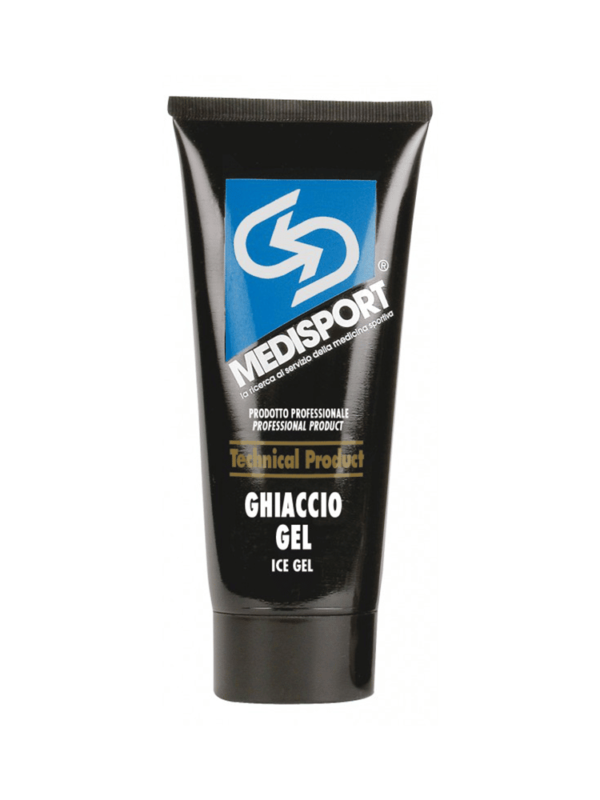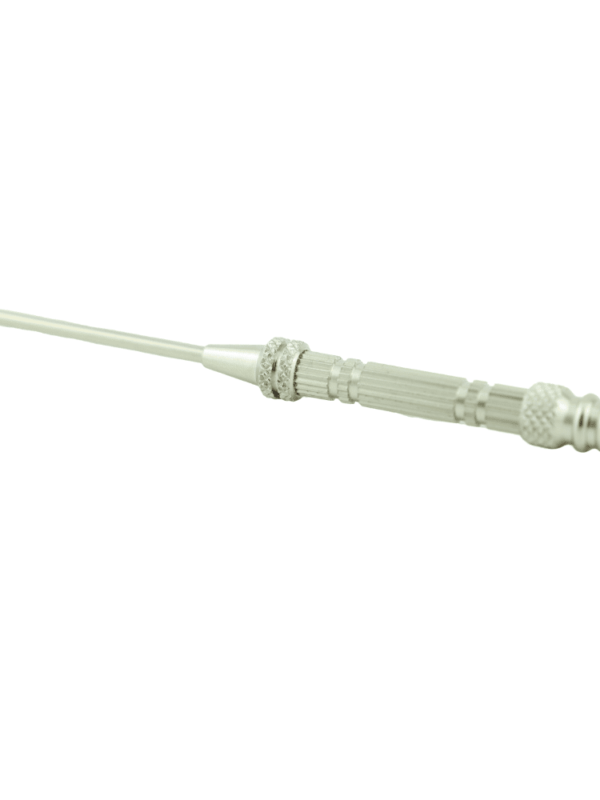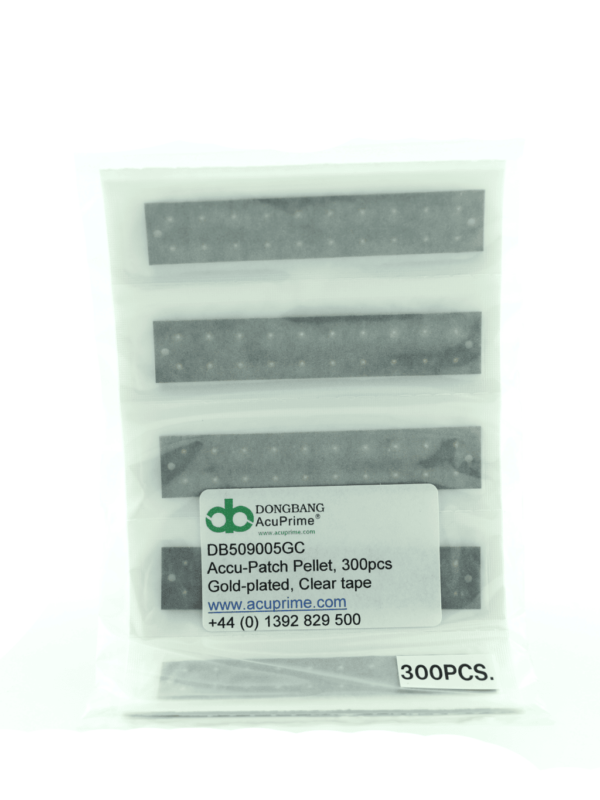While the pharmaceutical industries are busy formulating and manufacturing new drugs, complementary and alternative medicine (CAM) is gaining popularity yet again. There is a slight difference between complementary and alternative medicine: complementary medicine is used alongside conventional medicines and treatments whereas alternative medicine is typically used instead of. The most popular are the traditional methods of treatment and they include acupuncture, Ayurveda, yoga, massage, and herbal medicine.
Thanks to centuries of use, each has many branches within it and acupuncture alone has plenty of variation.
Acupuncture
Acupuncture works on two very basic and simple principles, particularly in Traditional Chinese Medicine. Firstly, your body is a network of pressure points and meridians, the energy-carrying channels that are thought to connect deeper organs to the surface of the body.
Acupuncture sees the insertion of very thin needles into specific pressure points which are thought to help balance the energy within the body. The aim is to stimulate and support blood flow, induce the release of natural painkillers and stimulate nerves that are close to pressure points that, in turn, send signals to your central nervous system.
Acupuncture is not limited to just needles though and you can get your hands on a wide variety of acupuncture accessories. Let’s take a look.
Teishein
Teishein is a blunt tool or needle, often precious metals or gemstones. This blunt acupuncture tool does not penetrate the skin and instead stimulates the pressure points by gently stroking and tapping them. This form of acupuncture does not use sharp fine needles, making it a good option for children, vulnerable patients and those with needle aversions. Teishein is said to be as powerful as conventional acupuncture.
Warm Needle Acupuncture
Another option is warm needle acupuncture. First, a needle is inserted into the pressure point, and then moxa cones are placed on the handle. An alternate term for the herb mugwort, when the moxa is lit, heat transfers through the needle into the pressure point. This technique of acupuncture is very popular in Traditional Chinese Medicine and its aim is to reduce pain and discomfort by opening energy flow channels.
Electro-acupuncture
Want to see a modern twist on acupuncture? Electro-acupuncture works by placing two needles in the same meridian point. Then a very minute electric current is passed between the two needles. This method can be more accurate compared to the traditional method, as it covers a greater area and provides powerful stimulation. This technique can be particularly beneficial for people with poor blood flow, stress, pain, and inflammation. However, it’s not safe for everyone and must only ever be offered by experienced electro-acupuncturists.
Acupuncture Magnets
The acu-magnet is an interesting tool used in acupuncture. Magnets are thought to increase the metabolism and boost blood flow at the site of injury to start the process of healing. During the session, a magnet is placed on specific acupuncture points. The aim is often to help ease joint pain, headaches, and aid sleep disorders. Similar to electro-acupuncture, acu-magnets should not be used if patients have a pacemaker or insulin pump inserted.
Acupuncture Mats and Pillows
Having an acupuncture accessory in their own home can help patients self-treat more often. Acupuncture mats and pillows have hundreds of plastic spikes which stimulate multiple pressure points at once, rather than targeting only a specific region. This tool can be helpful for headaches, neck and back pain, stress, sleep disturbances, stress, tight muscles, and sciatica pain. It’s particularly useful as your patients can use it by themselves, without supervision.
Acupuncture is part of ancient Chinese medicine that uses needles and pressure points to promote health and well-being. While sharp needles are the standard tools used for acupuncture, many other acupuncture accessories have gained importance in this domain.
